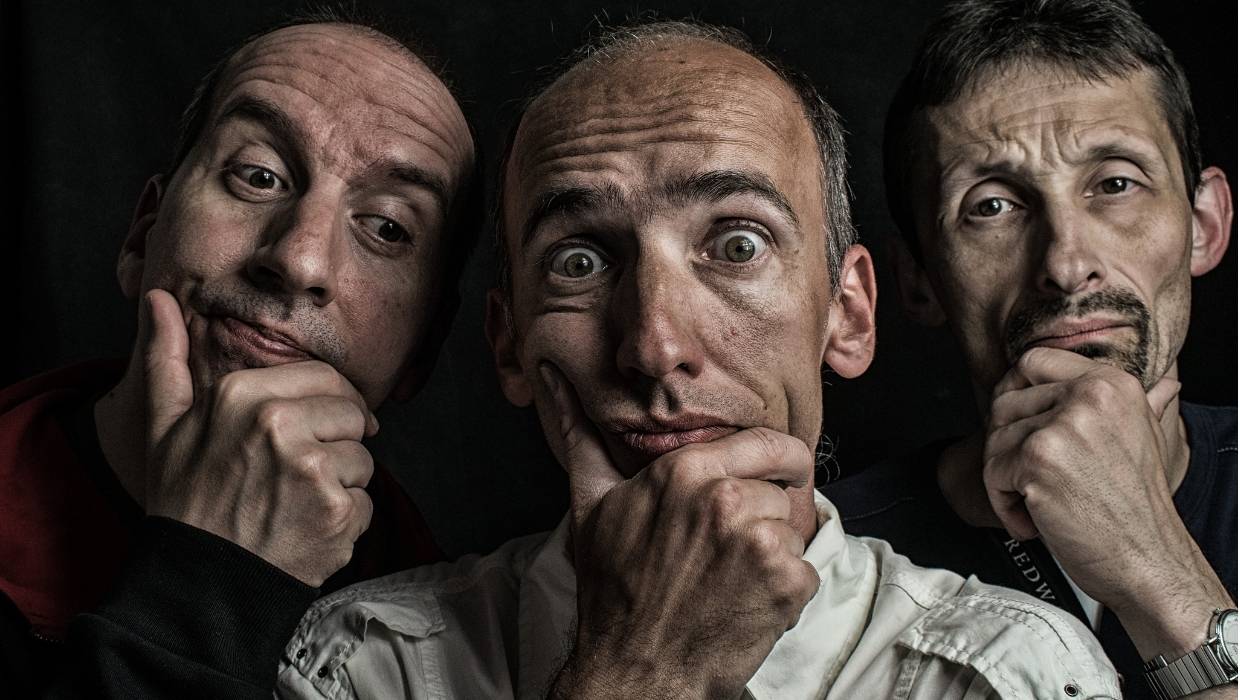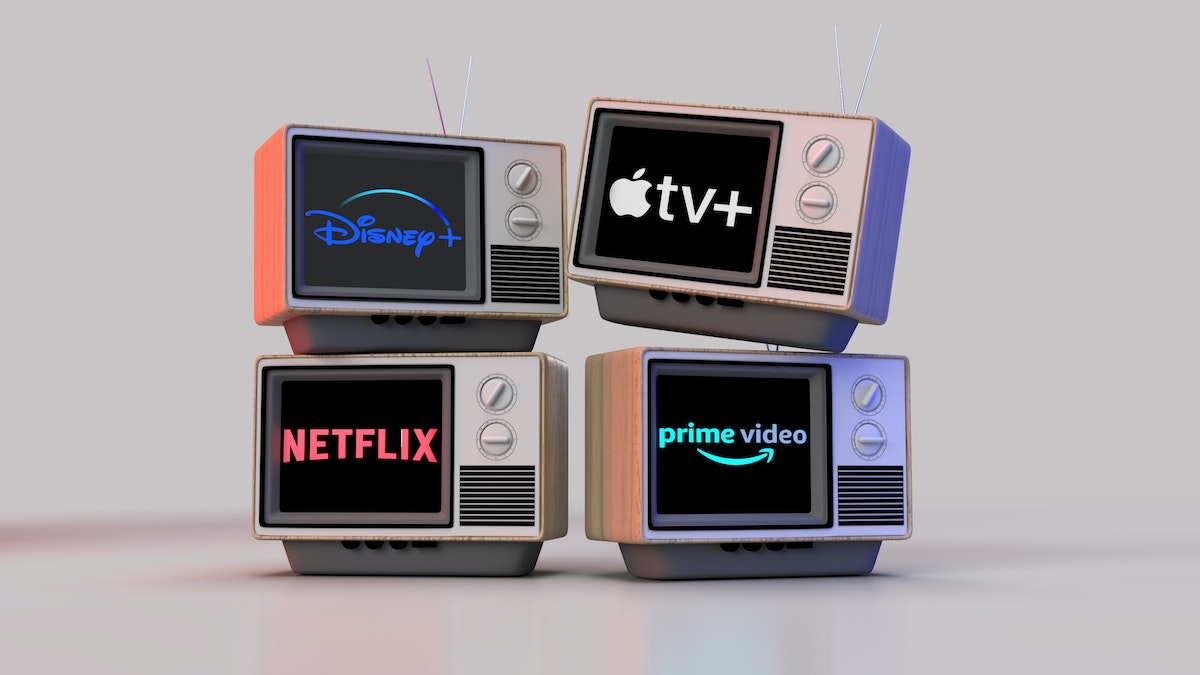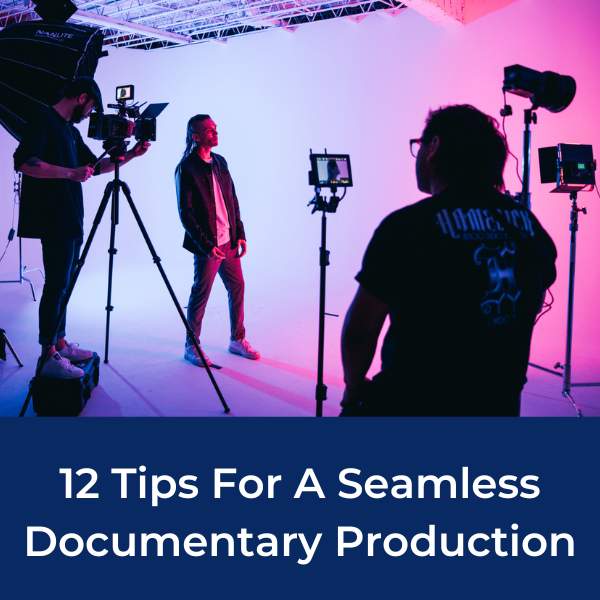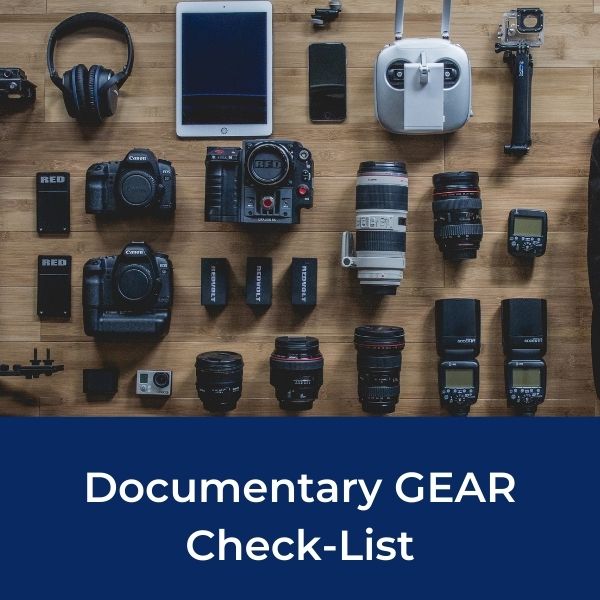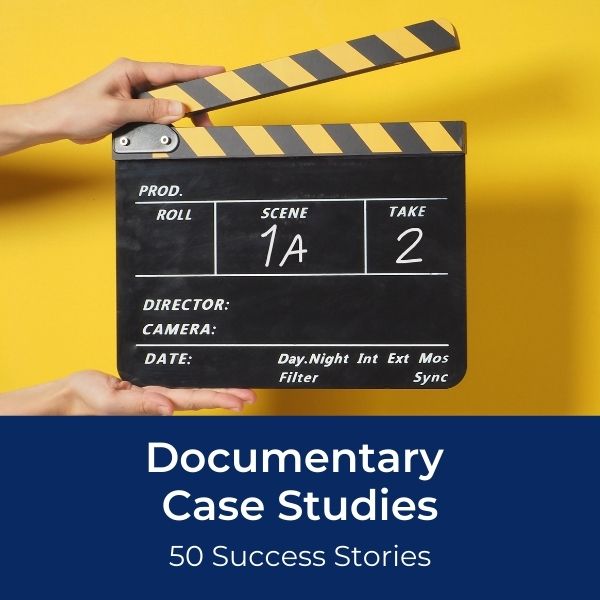What is a Character-Driven Story?
How to find bold, captivating, and unique characters for your documentary
“Character-driven story.”
You’ve probably seen the word “character-driven” everywhere: in grant applications, film festival guidelines, and most often, while reading up on companies to distribute your film.
It’s a familiar phrase to anyone who has anything to do with documentaries.
But what does it mean? And why is it so important?
“Character-driven” is more than just a catchword.
A "character-driven story" refers to a very specific style of documentary in which the story progresses through or because of the main character. This could be a story of personal transformation, an eclectic personality, or a hero’s journey.
The main idea here is that the subject of the documentary is the story.
And this indeed can make your film much more attractive to the majority. Why?
Bold, captivating, and unique characters keep us watching.
So, how do you make a character-driven documentary?
Below, Kyle McDougall shares his approach:
What to Look For in a Character
When developing a character-driven documentary, think about what makes your subject a “character.”
In other words, if your subject were a fictional person or literary character, how might an author describe them in writing?
Think of this as the vehicle or “lens” you will use to tell your story.
Character-driven films are easiest to develop around subjects that have some kind of life mission or purpose. Or who dedicate themselves to some kind of craft.
Kyle, for example, found a character named Terry who works as an Elvis impersonator.
He insists that you might not have any interest in the passion of your subject - in this case, Elvis! But you must be fascinated by the person behind the passion.
To Kyle, Terry seemed like a perfect character because of his eclectic “second life.”
This “second life” is what advances the story around Terry, and makes him a very rich, multi-dimensional character.
In his documentary “You Will Survive Doomsday,” Kyle worked with a subject named Bruce, who built an entire nuclear fallout shelter out of 72 schoolbuses - 10 feet underground.
Try finding another person who’s done that!
Here, it’s very easy to see how Bruce and his doomsday bunker are the story in itself.
A few conclusions about these two characters:
- Bruce, like Terry, dedicated himself to some lifelong endeavor or craft.
- Both stories open up visually interesting worlds that are unique to their characters.
- Bruce and Terry communicate strong themes or messages in their unconventional choices.
Choosing a Direction for Your Character
Once you identify the core message or theme of your character’s story, you can start to develop the direction of your “character-driven” doc.
One of the biggest mistakes you can make when working on a “character-driven” story is to focus only on what’s obvious or apparent about the character.
In the above video, Kyle reminds us that “everyone has some kind of deeper story or journey behind the things that they do.”
That’s what you want to find out.
Here are a couple of the questions Kyle asked himself in order to find those deeper stories and ultimately the direction for the two characters:
“The Man with The Voice” - Terry lives a double life as an Elvis impersonator. So,
- Is that performance a form of escape from something? And if so,
- What is there to escape from?
These questions helped Kyle to settle on the final message and direction:
Sometimes our passions can be about much more than just an activity.
“You Will Survive Doomsday” - Bruce built a crazy bunker. But,
- Why was he motivated to do that? And,
- Did he face any judgment for his pursuit?
These questions helped Kyle to settle on the final message and direction:
There is beauty in pursuing something unordinary regardless of judgment from the outside world.
How to Hook Your Audience
The first scenes of your character-driven documentary must be impactful.
This is true for every documentary, but especially if you’re aiming for your story to be perceived as “character-driven.”
In the first minute of your documentary, you’ll need to reveal something about the story and hook your audience with some kind of open-ended question about your character.
Here it will be very helpful to watch the below video to see a few examples:
The middle of your documentary is where you want to bring in the main question of your subject or some kind of conflict.
This is where you can delve into your character’s history, their sense of humor, their lifestyle, etc.
But don’t feel like you need to spell the whole story out.
Your audience will make their own conclusions, opinions and impressions of the subject EVEN if you don’t tell them absolutely everything.
Keep your message at the forefront.
What aspects of your character should shine in order to bring the message home?
The end of a character-driven documentary:
The end of a character-driven documentary can take many forms.
But in general, it must give a response to the message or question that your character transmits.
This can be an answer, another question, or a consequence of your character.
Documentary Resources
Ready To Make Your Dream Documentary?
Sign up for our exclusive 7-day crash course and learn step-by-step how to make a documentary from idea to completed movie!
